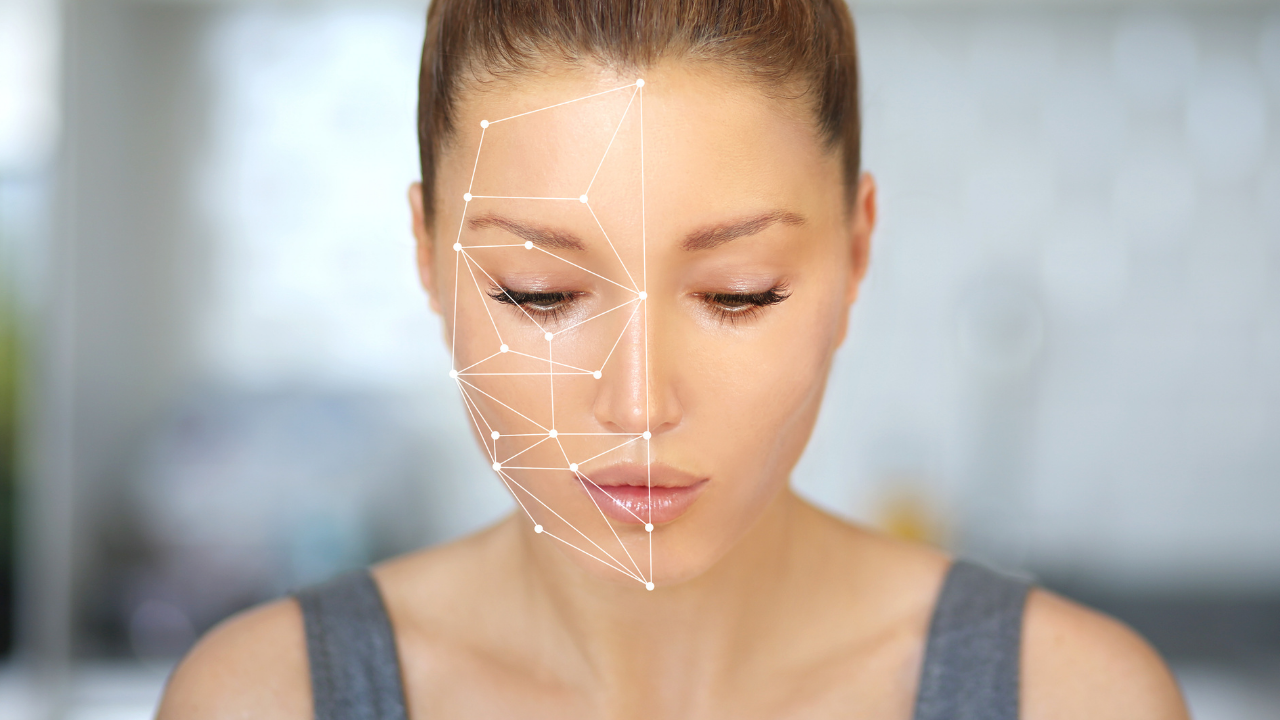Botox vs. Fillers: What is best for me?
With the holidays approaching you are probably planning out your holiday photo outfits, picking out seasonal house décor, and planning out your med spa visits. Two of the most popular cosmetic treatments done before the holidays are dermal fillers and Botox, since they produce quick and amazing results. Both can have a great impact on your appearance; however, they work differently to achieve the results you want.
What is Botox?
Botox is the most commonly used name for the neurotoxin; however, there are other brands that are also FDA approved, like Dysport and Xeomin, and contain the same active ingredient. All toxins work by temporarily blocking nerve signals in the muscle where it is injected. This limits the muscle from moving and causing wrinkles and lines to appear. Wrinkles can be softened or even erased with Botox. Your injector might use Botox on your:
• Forehead Lines
• Eyebrows/Hooded Eyes
• Crows feet
• Frown Lines
• Top of Your Nose
• Droopy Nose
• Gummy Smile
• Lip Borders
• Chin
• Jaw
Botox will start to work between 2-10 days, depending on your individual reaction to the toxin and which toxin is used. It will typically last around 3 months before the toxin effect wears off.
Botox has a wide range of uses that go beyond wrinkle reduction. It can reduce sweating from underarms, slim calf muscles, treat migraines, and more recently there are studies showing that it may lessen depression.
What are dermal fillers?
Fillers are injectable gels that function to add volume in the areas of the face that have sunken in. They are used to fill lines and give the face a more plump and youthful appearance. The most popular fillers include: Restylane, Juvederm, Belotero and Radiesse. An injector may put filler in your:
• Under eyes
• Temples
• Cheeks
• Nasolabial Folds
• Marionette Lines
• Lips
• Chin
• Jawline
• Neck
• Hands
Hyaluronic acid fillers can last between 5-24 months while calcium hydroxyapatite fillers which are better for filling deep lines can last between 12-14 months. The best thing about filler is if you hate it, we can dissolve it!
Which is more effective?
The effectiveness of either procedure depends on what you're in need of. Botox, for instance, can be used as a preventative treatment since it limits the amount of scrunching your face creates. Fillers, however, are used to fill shallowness and create shape. We recommend starting preventative Botox in your late twenties. A good rule of thumb is lines created by expressions need neurotoxins while lines at rest require filler.
What is the cost?
The average cost of Botox injections is $466, according to 2020 statistics from the American Society of Plastic Surgeons. The cost, of course, can vary, and is generally based on injector experience, how advanced wrinkles are, and how much product is needed.
The price of fillers varies widely depending on the product. The most recent statistics from the American Society of Plastic Surgeons found the average syringe of Radiesse was $717, while hyaluronic acid fillers such as Juvederm and Restylane were priced at $684 a syringe.
If you are interested in Botox or filler, our founder Erin Gordon, MD can help! Between her extensive medical background, her artistic eye, and her holistic approach she will create results that are natural and refreshed. Simply contact us through our website today and we will get back to you!



